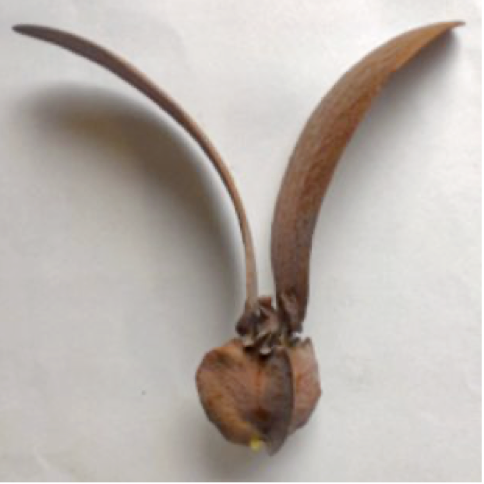Volume 9
January - December, 2015
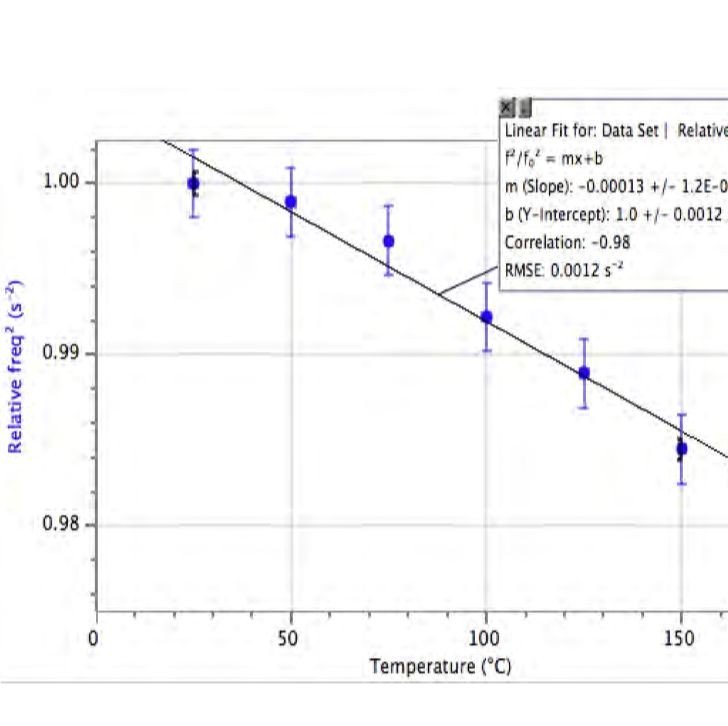
A crystal soda-lime wineglass, heated to temperatures ranging from 25°C to 150°C, was tapped and the frequency recorded. It was shown that the relative change in the frequency at different temperatures can be used to determine the effect of temperature on Young’s Modulus of the glass. This simple method of tapping a wineglass is proposed as an effective way of determining the relative effect of temperature on Young’s Modulus of glass.
Dipterocarpus Alatus (Thai:ยางนา, Yang Na ) is a tree found in Thailand and other Southeast Asian countries. The seeds have two wings and rotate as they fall. High-speed video analysis was used to determine the terminal velocity and spin frequency as a function of the mass of a seed. Values of wing velocity, lift force, and drag force were then determined. It was found that as the mass of the seed increased, terminal velocity, frequency, and lift force also increased. It was shown that 80-95% of the retarding force generated during the fall was from lift and that the coefficient of lift for the seed used was approximately 1.5.
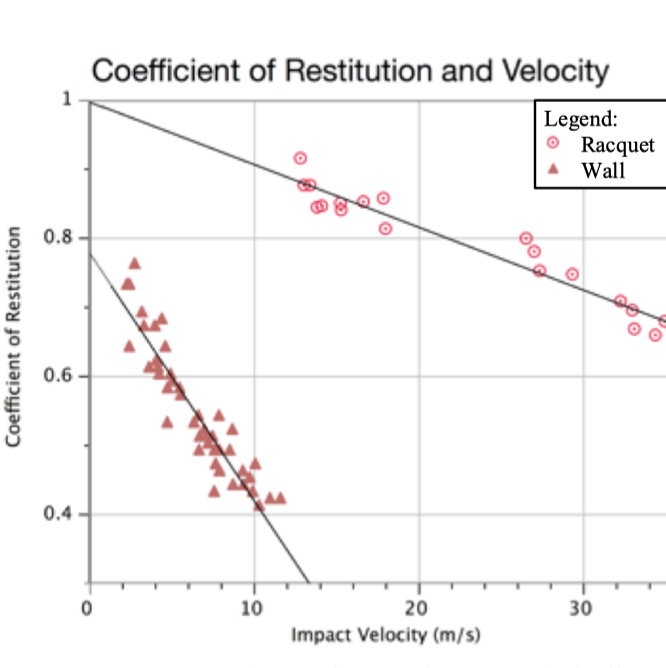
The impact and exit velocities of a tennis ball impacting on a fixed tennis racquet were measured with high speed video analysis to determine the coefficient of restitution (COR). It was found that there is a negative linear relationship between the COR and the impact velocity of the ball for velocities between 13 and 36 m/s.
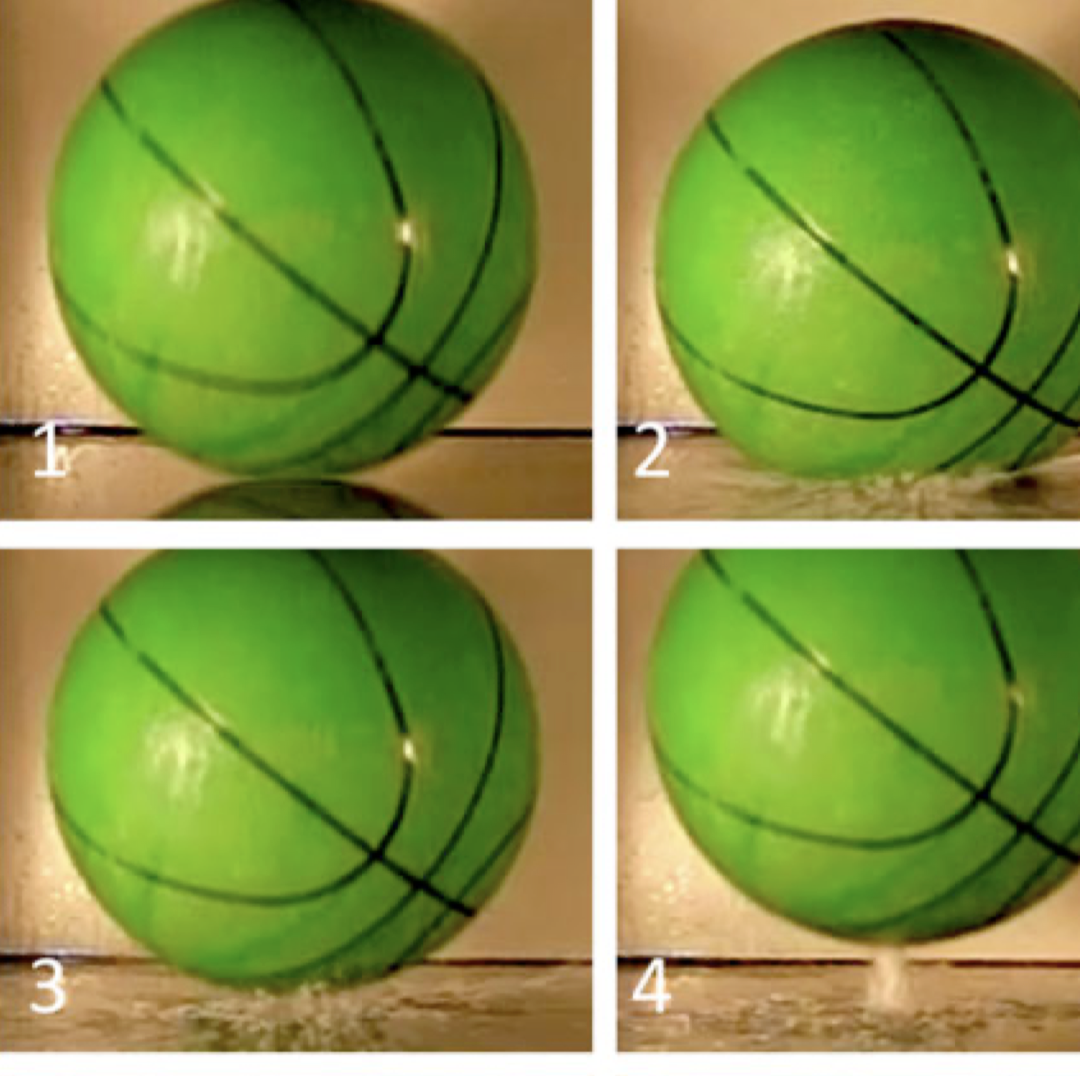
A basketball was dropped into puddles with depths of water ranging from zero to 4 mm from a height of 1.1 m to investigate the relationship between the depth of water in a puddle and the coefficient of restitution with measurements of the drop height and bounce height. It is shown that the coefficient of restitution has a square root relationship with the depth of the puddle. A “puddle constant” is defined and found for this drop height and this ball to be 830 kgm/s2.
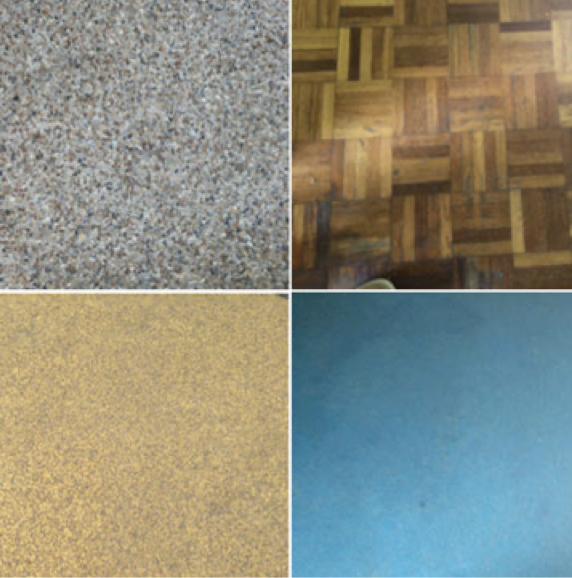
A basketball was released from varying drop heights to simulate the impact speeds of a typical soft, medium, and hard dribble. This was repeated across four different surfaces that students typically play on – exposed aggregate concrete, maple wood flooring, EPI Outdoor Sport flooring, and playground rubber mesh. From the measured drop and bounce heights, the coefficient of restitution (COR) was calculated. It was concluded that only playground rubber mesh had COR’s below the regulation range, with the other three surfaces having COR’s within regulation.

